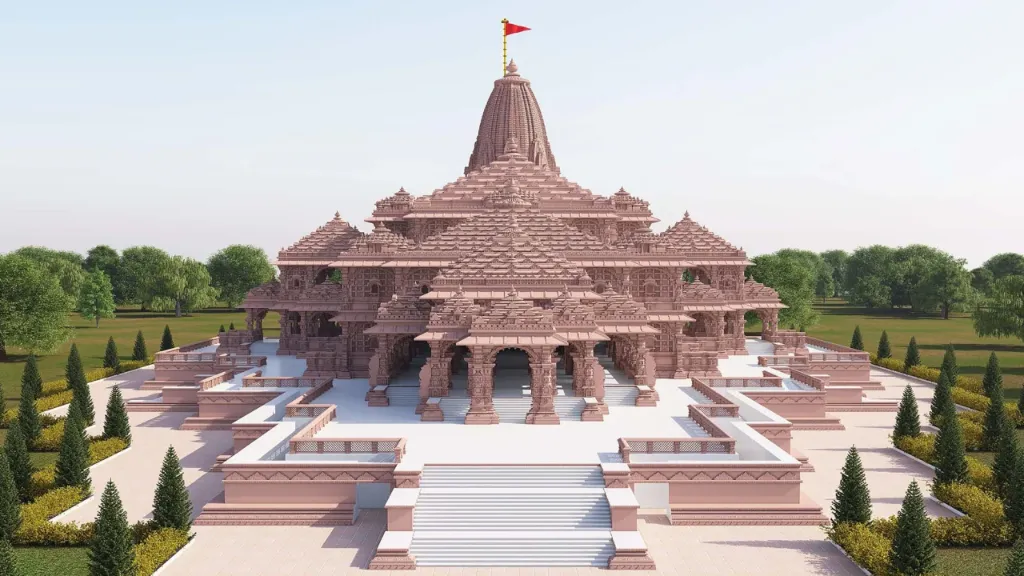The Ram temple in Ayodhya will be inaugurated on January 22. The complex is in the Nagara style of temple architecture, designed by 81-year-old Chandrakant Sompura and his 51-year-old son Ashish.
About the Nagara style:
- Nagara architecture is a classical architecture of temple design in northern India, contrasted with Dravida architecture in southern India.
- Nagara temples have a shikhara (mountain peak) over the garbha griha (sanctum sanctorum), a circumambulatory passage around it, and one or more mandapas (halls).
- Shikhara is a symbolic representation of the cosmic order and the divine presence.
- There are five modes of shikhara design: Valabhi, Phamsana, Latina, Shekhari, and Bhumija.
- Valabhi and Phamsana are Early Nagara modes, derived from barrel-roofed wooden structures.
- Latina is a single, slightly curved tower with four equal sides, dominant for three centuries.
- Shekhari and Bhumija are composite Latinas with attached sub-spires or miniature spires, creating a complex and ornate appearance.
- These modes are scholastic classifications, not rigid categories. There is much variation and innovation within and across these modes.




